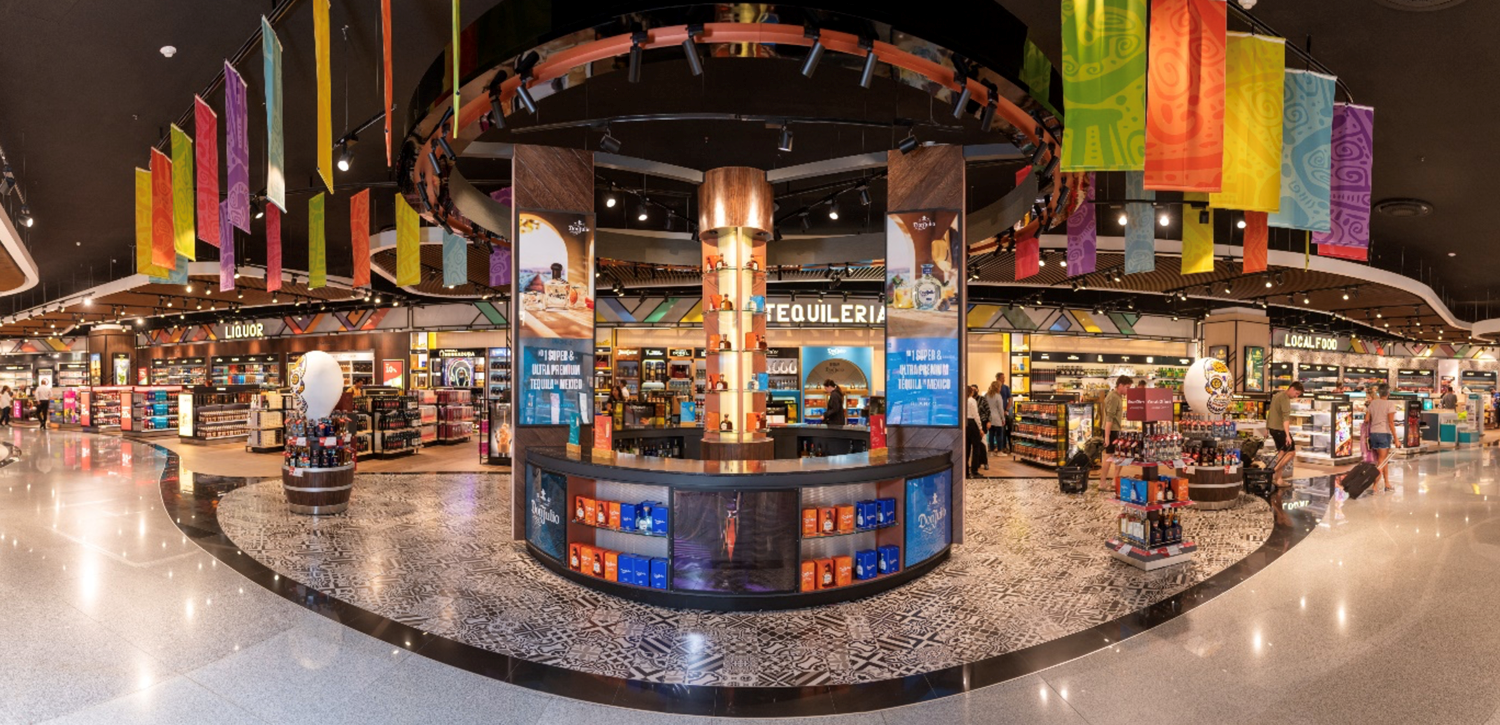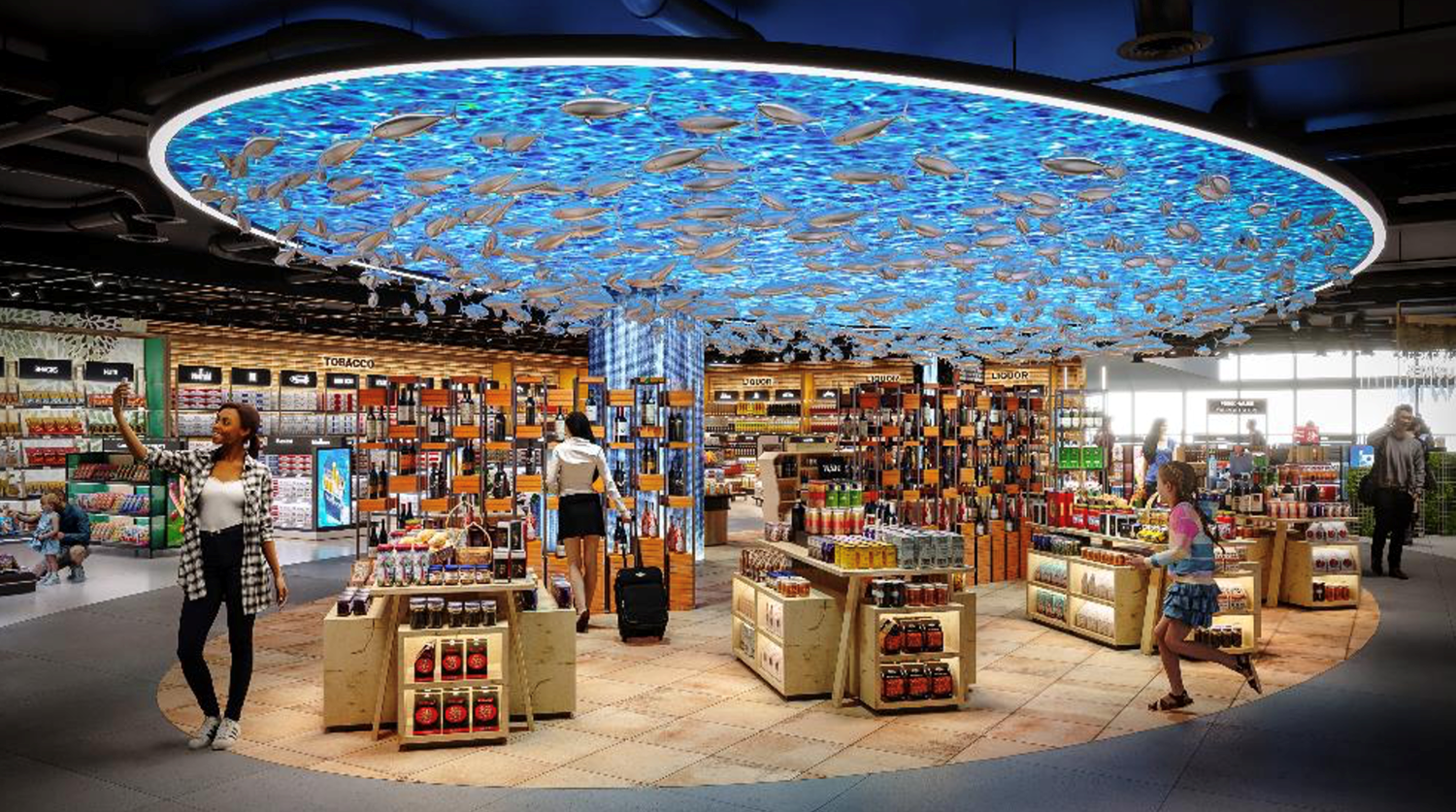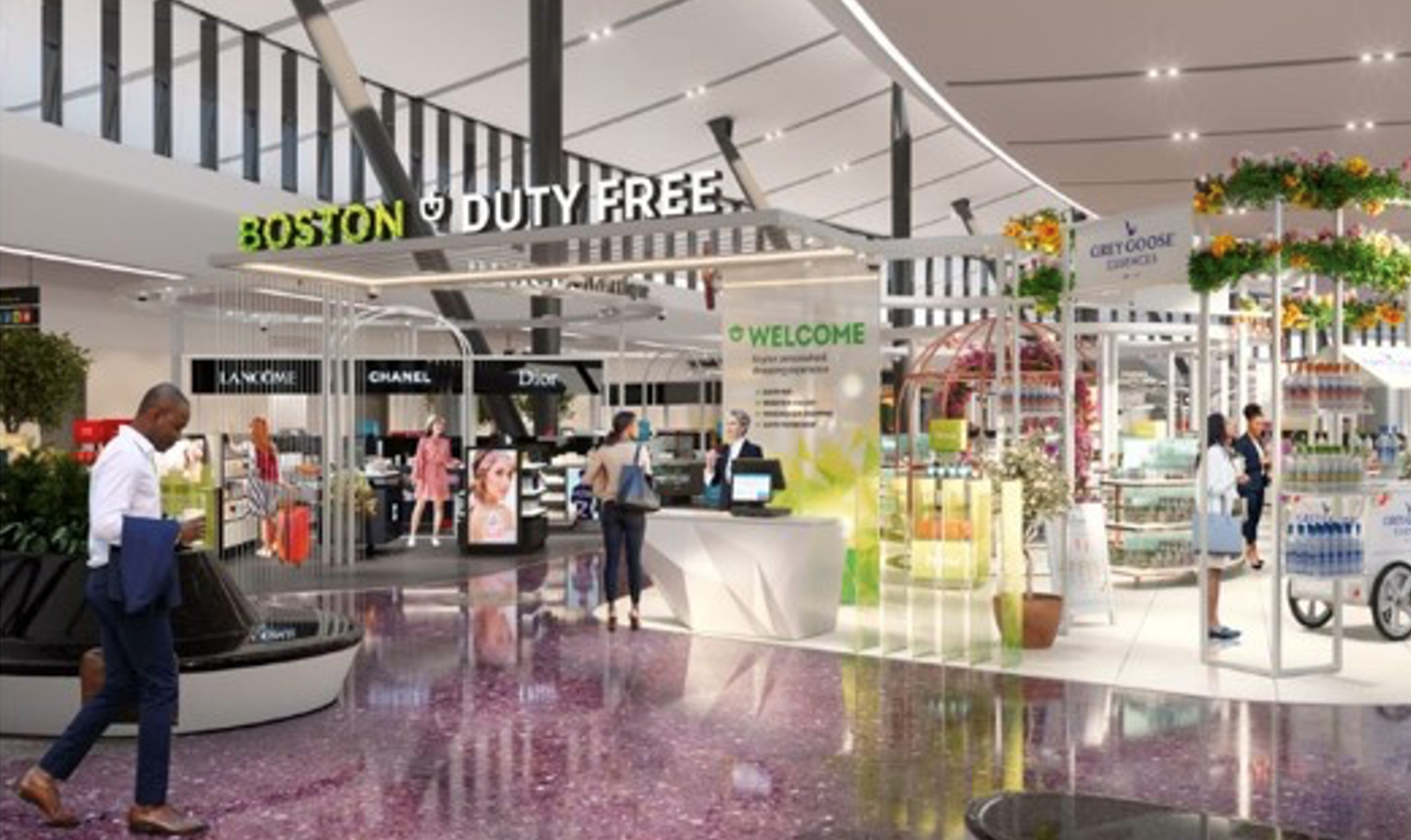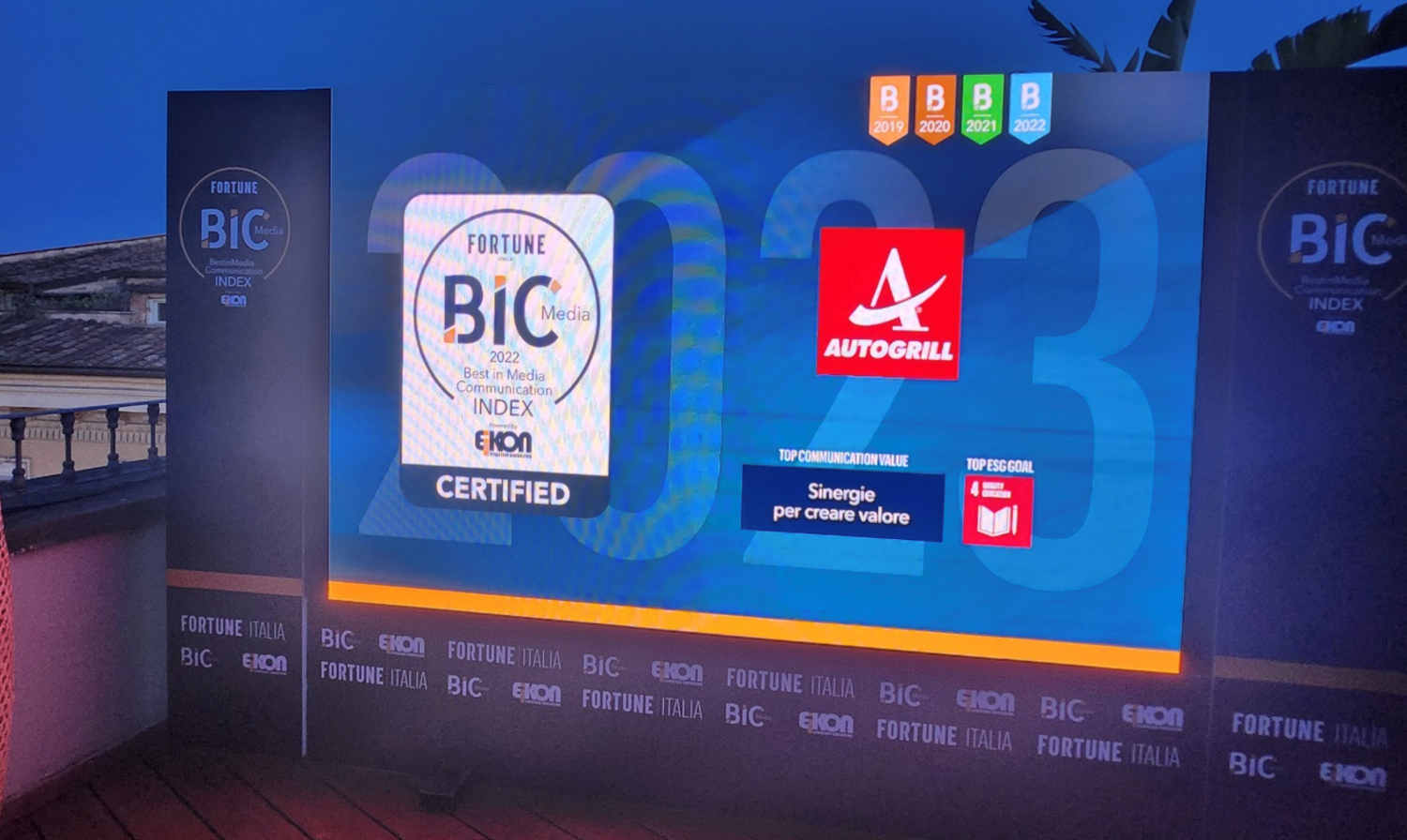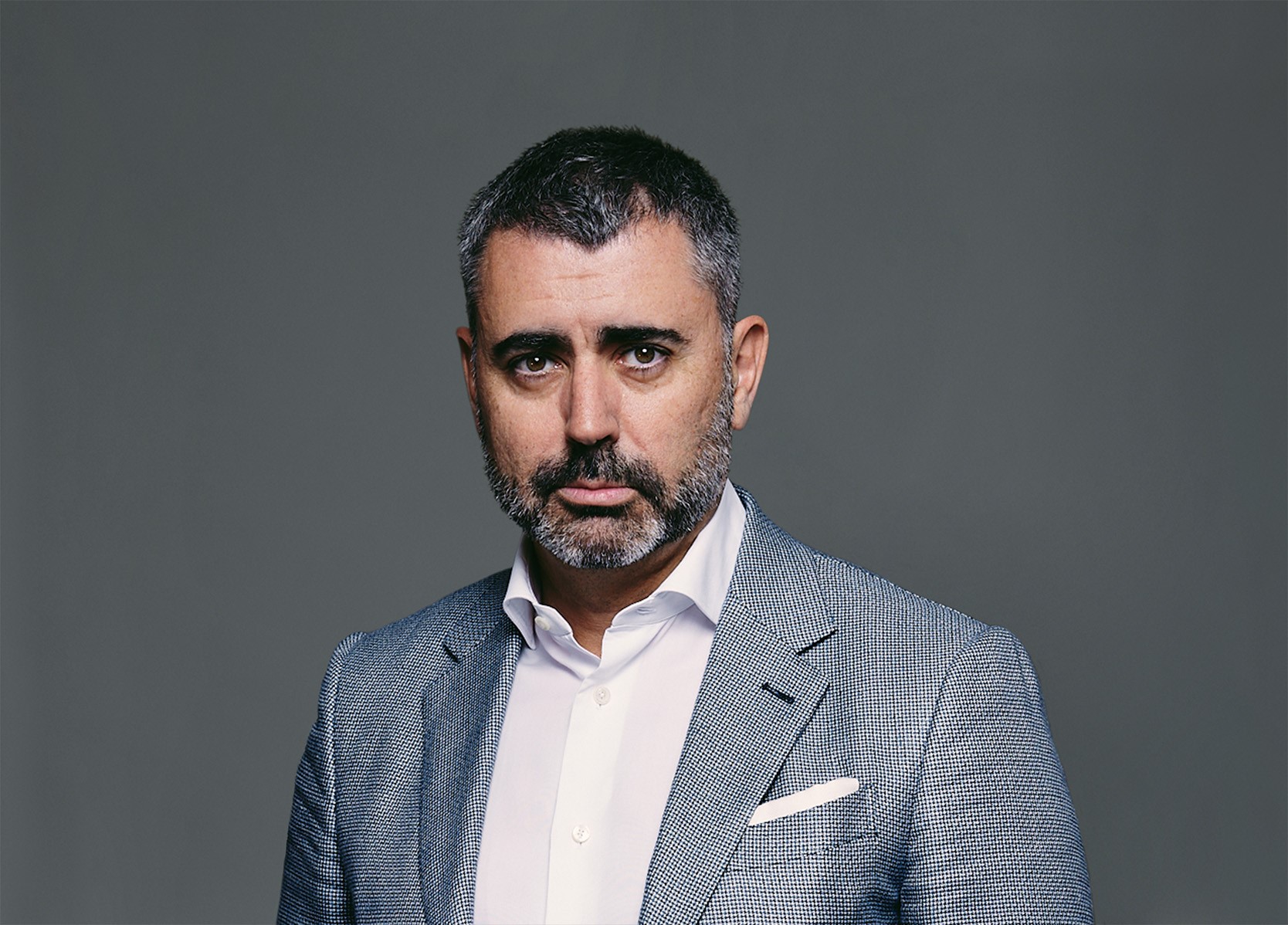Issue 43 - July 2022
From Prejudice to Pride
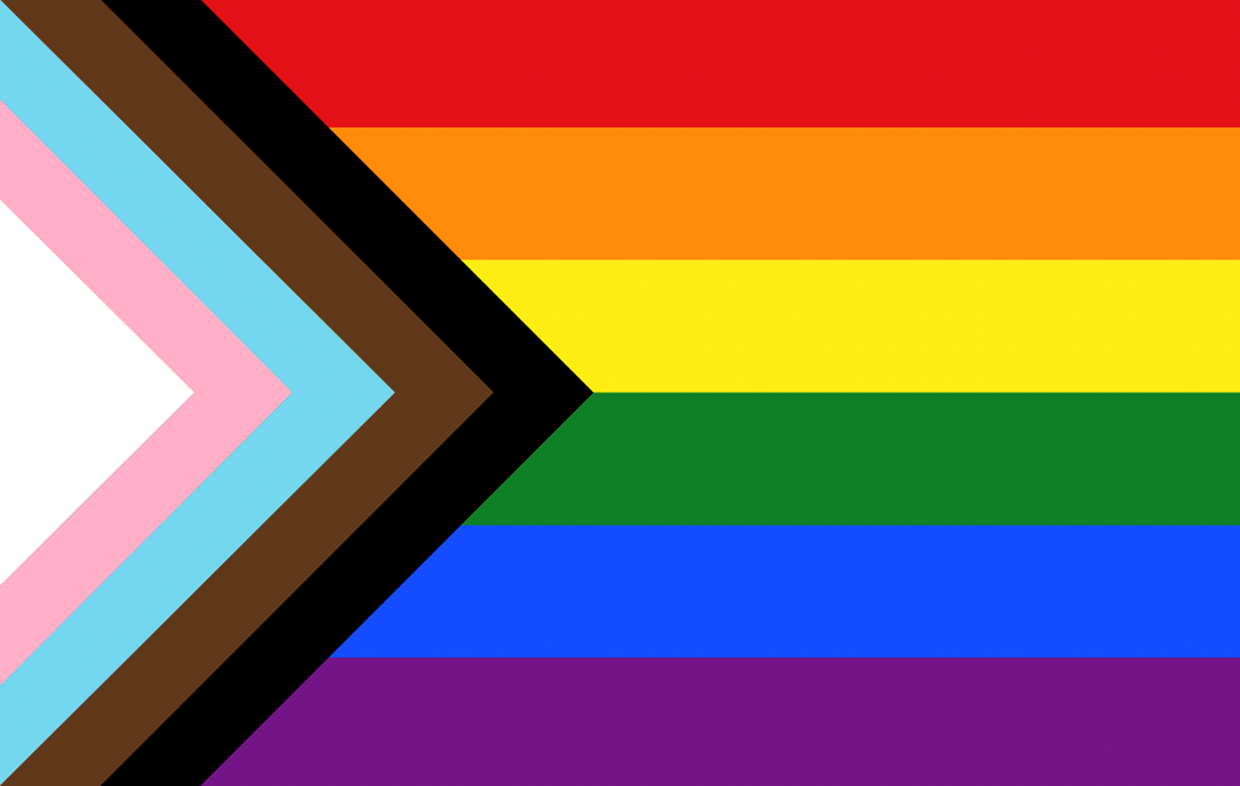
By Sarah Branquinho, Chief Diversity & Inclusion Officer
June is Pride Month marking the police raid on June 28th 1969 on the Stonewall Inn, a gay bar in New York's Greenwich Village, when police began hauling customers outside. Tensions quickly escalated as patrons resisted arrest and a growing crowd of bystanders threw bottles and coins at the officers. New York's gay community, fed up after years of harassment by authorities, erupted in neighborhood riots that went on for three days.
The uprising became a catalyst for an emerging gay rights movement as organizations such as the Gay Liberation Front and the Gay Activists Alliance were formed, modelled after the civil rights movement and the women's rights movement. Members held protests, met with political leaders and interrupted public meetings to hold those leaders accountable. A year after the Stonewall riots, the nation's first Gay Pride marches were held.
We are not what other people say we are. We are who we know ourselves to be, and we are what we love. That’s okay.
Laverne Cox (American actress)
The Pride name is credited to Brenda Howard, a bisexual New York activist nicknamed the "Mother of Pride," who organized the first Pride parade to commemorate the one-year anniversary of the Stonewall uprising.
In 1978, artist and designer Gilbert Baker was commissioned by San Francisco city supervisor Harvey Milk - one of the first openly gay elected officials in the US - to make a flag for the city's upcoming Pride celebrations. Baker, a prominent gay rights activist, gave a nod to the stripes of the American flag but drew inspiration from the rainbow to reflect the many groups within the gay community.
Non-binary American artist and designer Daniel Quasar (who uses xe/xyr pronouns), updated the rainbow flag in 2018. The redesign celebrates the diversity of the LGBTQ+ community.
Each horizontal stripe is linked to a theme:
- Red = light
- Orange = healing
- Yellow = sunlight
- Green = nature
- Blue = harmony
- Indigo = spirit
And the colors in the arrow represent particular communities
- Black/brown = marginalized people of color
- Pink/blue/white = trans and non-binary individuals
- Black = representation of those living with Aids and the stigma surrounding that, as well as those who have been lost to the disease
Many among our communities where we live, in the workplace - and indeed in our families and friendships groups - grew up in an era when being gay, bisexual or trans often meant living a life of fear, shame and concealment.
It wasn’t until 1990 that the World Health Organization removed being gay from the list of mental health illnesses. In some countries people identifying as LGBTQ+ are still not accepted and suffer fear of disclosure, attack and rejection. Thankfully, in general, we live in a more progressive world and in most countries everyone, regardless of their sexual orientation, can be their true selves.
It matters not who you love, where you love, why you love, when you love, or how you love. It matters only that you love.
John Lennon
June is an opportunity to celebrate everything LGBTQ+, learn about and acknowledge past and present inequalities, and find ways to make the world more inclusive. It’s a time to reflect on, and welcome, inclusivity of people across the whole spectrum of sexual expression.
Many people refrain from talking about sexual orientation and gender identity or expression because it feels taboo, or because they’ re afraid of saying the wrong thing. We’ve included in this article a glossary which was written to help give people the words and meanings to help make conversations easier and more comfortable.
The Pride community has a big heart and itself welcomes the involvement of allies - an ally is someone who stands up for, supports and encourages the people around them, in this case someone who is heterosexual and/or cisgender, and who tries to make the world a better place for people who identify as LGBTQ+.
For people leaders, Pride month is a reminder to assess their organization’s inclusivity – and work towards a workplace culture that celebrates, encourages, and lifts up ALL identities.
At Dufry we hope we have a diverse and inclusive environment in which people feel secure talking about their lives and experiences – if that’s what they want to do. Some of us prefer to share less about ourselves than others, but everyone has the right to know that whatever they do choose to share, it won’t mean that their career suffers or that they are made to feel uncomfortable at work.
A workforce diverse in sexual identity and expression, as well as in age, gender, race, ethnicity, culture, disability and religion brings diverse experiences, perspectives and backgrounds to organizations such as Dufry. It fosters creativity, enables better decision making and makes organizations resilient and effective and at Dufry we are committed to attracting the talents of all segments of society as we enhance our ability to recruit, hire, promote, and retain a diverse and talented workforce.
Promoting inclusion is one part of creating an inclusive culture, but managers, HR teams, and business leaders need to back it up with their actions.
In May, we extended a company-wide invitation to all colleagues to contribute their thoughts to this month’s Pride article, and we hope that their thoughts have been included here. If you would like to share any comments, or suggest how we might make Dufry more inclusive, please feel free to comment on Beekeeper or by emailing me at inclusion@dufry.com.
We hope that our LGBTQ+ colleagues feel that their Dufry workplace is a safe space. We might only just be starting on our D&I journey, but we are committed to being firm about challenging discrimination – from micro-aggressions to serious incidents – and clear about our support for all members of our community regardless of their characteristics and how they identify – and first and foremost in this Pride month, regardless of their sexual orientation.
THANK YOU to the Dufry colleagues who flagged that in the first D&I survey we had mixed gender and sexual orientation in the same demographic question. We are grateful to you for raising this and it will be addressed in the next D&I survey due out in October 2022. We hope you will participate! The survey is anonymous and helps to inform and shape the next steps on our D&I journey together.
UNDERSTANDING EACH OTHER
LGBTQ+: An acronym for Lesbian, Gay, Bisexual, Transgender, Queer/Questioning with a "+" sign to recognize the limitless sexual orientations and gender identities in everyday use.
Here are some of the most common terms – more can be found at : www.hrc.org/resources/glossary-of-terms
- Asexual: A person who does not experience sexual attraction. Some asexual people experience romantic attraction, while others do not.
- Ally: A (typically) straight and/or cis person who supports members of the LGBTQ+ community.
- Bi: Umbrella term to describe a romantic and/or sexual orientation towards more than one gender.
- Cisgender/Cis: Someone whose gender identity is the same as the sex they were assigned at birth.
- Gay: Refers to a man who has a romantic and/or sexual orientation towards men.
- Gender dysphoria: Discomfort or distress a person feels when their assigned birth gender is not the same as the one with which they identify.
- Gender expression: How a person chooses to outwardly express their gender (e.g. behavior, clothing, body characteristics or voice), and which may or may not conform to socially defined behaviors and characteristics typically associated with being either masculine or feminine.
- Gender identity: A person’s innate sense of their own gender, whether male, female or something else (see non-binary), which may or may not correspond to the sex assigned at birth.
- Heterosexual/Straight: Refers to sexual or romantic attraction to or between people of the opposite sex.
- Intersex: Intersex people are born with a variety of differences in their sex traits and reproductive anatomy.
- Lesbian: Refers to a woman who has a romantic and/or sexual orientation towards women.
- Non-binary: A person who does not identify exclusively as a man or a woman. Non-binary people may identify as being both a man and a woman, somewhere in between, or as falling completely outside these categories.
- Queer: Those wanting to reject specific labels of romantic orientation or sexual and/or gender identity. This term was previously used as a slur, but has been reclaimed by many parts of the LGBTQ+ movement.
- Questioning: The process of exploring your own sexual orientation and/or gender identity.
- Trans/Transgender: Term for people whose gender identity and/or expression is different from cultural expectations based on the sex they were assigned at birth. Being transgender does not imply any specific sexual orientation. Therefore, transgender people may identify as straight, gay, lesbian, bisexual, etc.

